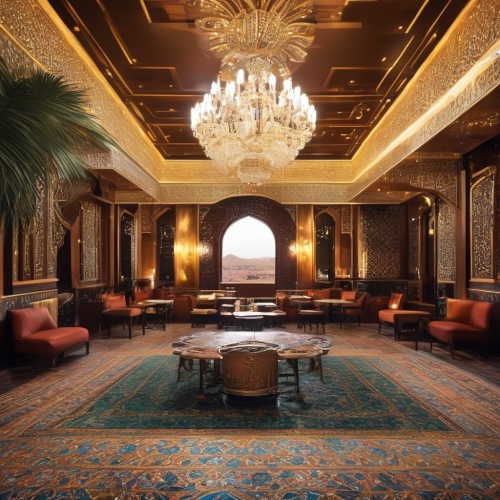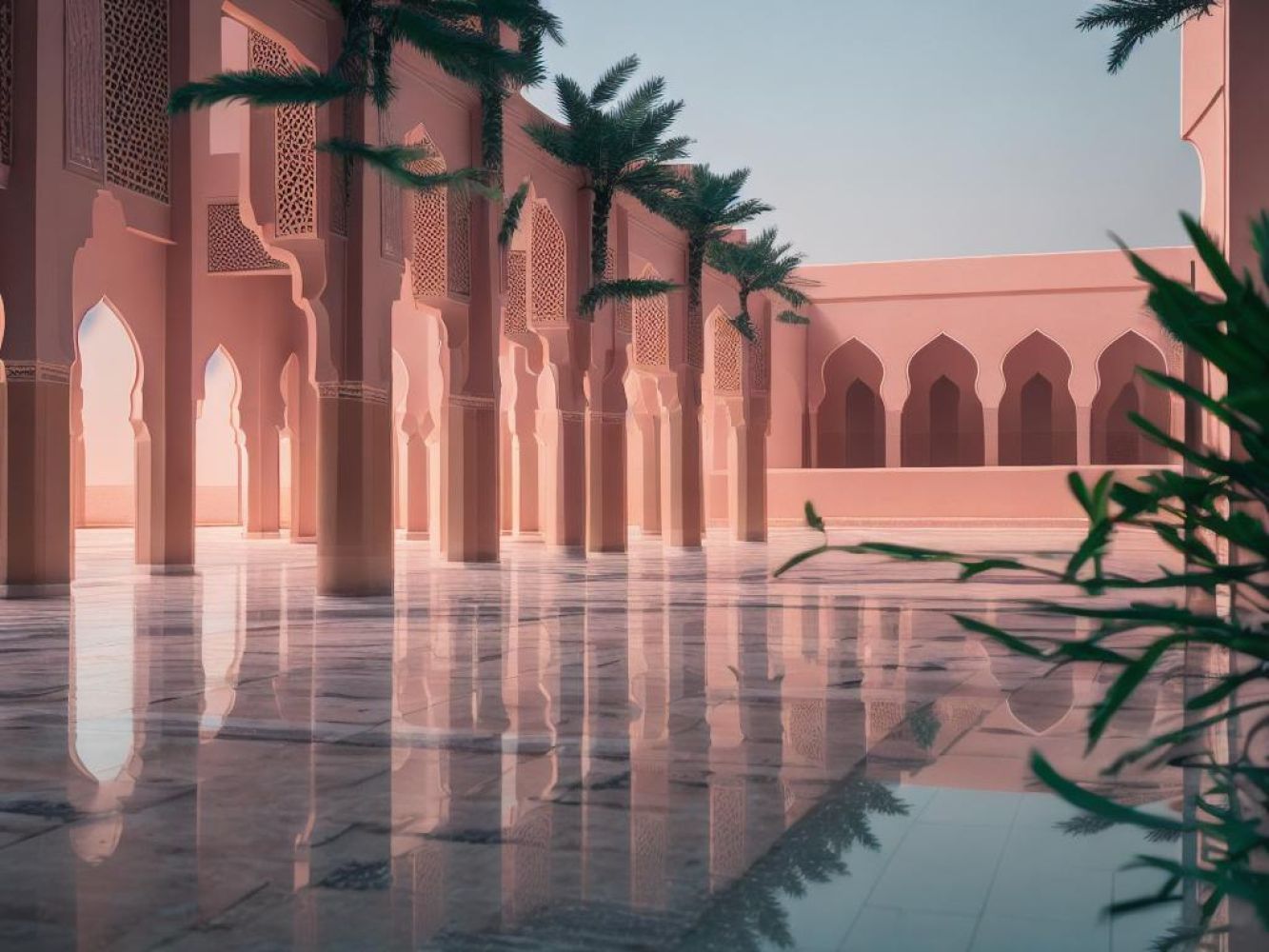Understand
Let me take you on a thrilling journey to Al-Ahsa, a captivating Saudi governorate located in the eastern region. Prepare to be amazed by its vastness, covering an area of 379,000 km2, equivalent to a staggering 20% of the entire Kingdom of Saudi Arabia. Al-Ahsa is not just any ordinary desert; it is home to the mystical Empty Quarter, stretching across three-quarters of the governorate. But don't worry, this region is not just desolate sand. In fact, it is a hub of bustling activity, occupying 18% of the total area, with vibrant cities like Hofuf and Mubarraz. These cities are among the top ten largest cities in the entire Kingdom, showcasing the undeniable allure of Al-Ahsa. As you delve deeper into the enchanting history of Al-Ahsa, you'll uncover its rich culture that spans over an astounding 6000 years. Imagine the Canaanites, the earliest inhabitants, who settled in this region around 3000 BC, followed by the ingenious Phoenician giants—known for their expertise in irrigation and agriculture. The saga continues with the Chaldeans, who sought refuge in Al-Ahsa in the seventh century BC after being displaced from Babylon. They founded the city of Jeraa'a, later known as Al-Jaraa'. The remnants of this ancient city can still be explored today, along with other awe-inspiring archaeological sites, such as Wasit, Nazerah, and Gwatha. But that's not all. Brace yourself to witness the might of the world's largest oil field, nestled in the east of Hofuf and the Al-Ahsa oasis. This colossal field spans a mind-boggling 280 by 30 kilometers and churns out over five million barrels of oil per day. Such abundant resources contribute a staggering 6.25% to global oil production, fostering the governorate's economic prowess with an estimated contribution of around 378 billion riyals to the Kingdom's GDP. One cannot help but be captivated by the sheer beauty of Al-Ahsa's landscape. It is adorned with millions of majestic palm trees stretching as far as the eye can see. These splendid trees yield more than one hundred thousand tons of luscious dates every year, making up an impressive 10% of the Kingdom's date production. Al-Ahsa's natural oasis is hailed as the largest palm oasis in the entire world. Picture this: Al-Ahsa's majestic waterfront stretches for 133 kilometers along the Arabian Gulf, transporting you to a world of pristine beauty. And let's not forget the abundant groundwater that once made this region one of the Kingdom's wealthiest areas. The numerous springs, numbering between 60 and 70, tell tales of a bygone era. Among them, the oldest known spring in the city of El-Ayoun dates back a staggering 4,500 years BC. Unfortunately, it dried up in 1996, leaving behind a history as rich as the soil it once nourished. In recognition of its exceptional historical significance, Al-Ahsa Governorate was added to UNESCO's World Heritage List in June 2018. Can you believe that this remarkable settlement has stood for over 500 years and encompasses not only palm groves but also ancient canals, springs, wells, and archaeological sites? Furthermore, in 2019, Al-Ahsa was crowned the capital of Arab tourism, marking yet another achievement in its illustrious journey. Not to mention, it is also a proud member of UNESCO's Network of Creative Cities in the field of handicrafts and folklore. Prepare to be in awe as you explore the magnificent landmarks of Al-Ahsa. Lose yourself in the enchanting Al-Qaysariya Heritage Market, immerse yourself in the timeless beauty of Al-Amiriya School, witness the splendor of the historic Jwathi Mosque, get a glimpse of royal life at Ibrahim Palace, and embrace the captivating ambiance of Beit Al-Baya. And let's not forget the Al-Ahsa Nakheel Oasis, an oasis sprinkled with heritage and natural beauty—truly an experience like no other.
Map & Climate
Popular Foods
 Kabsa is a traditional Saudi Arabian dish made with fragrant basmati rice, meat (usually chicken or lamb), vegetables, and an array of aromatic spices. The dish is cooked in a large pot, often decorated with intricate patterns etched into the surface of the pot, and typically served communally from a shared platter.
Kabsa is a traditional Saudi Arabian dish made with fragrant basmati rice, meat (usually chicken or lamb), vegetables, and an array of aromatic spices. The dish is cooked in a large pot, often decorated with intricate patterns etched into the surface of the pot, and typically served communally from a shared platter.  Shawarma is a Middle Eastern street food favorite in Saudi Arabia, consisting of marinated meat (often chicken, beef, or lamb) that is slowly roasted on a vertical spit. Once cooked, the thin slices of meat are stuffed into pita bread, garnished with fresh vegetables and sauces, and served as a sandwich or wrap. Vegetarian options are also available with grilled vegetables or falafel.
Shawarma is a Middle Eastern street food favorite in Saudi Arabia, consisting of marinated meat (often chicken, beef, or lamb) that is slowly roasted on a vertical spit. Once cooked, the thin slices of meat are stuffed into pita bread, garnished with fresh vegetables and sauces, and served as a sandwich or wrap. Vegetarian options are also available with grilled vegetables or falafel.  Falafel is a popular vegetarian dish made from mashed chickpeas or fava beans, herbs, and spices formed into small balls or patties. They can be eaten as a snack, appetizer, or part of a meal, and are commonly found in sandwiches (like shawarma) or served alongside salads, hummus, and other mezze-style dishes.
Falafel is a popular vegetarian dish made from mashed chickpeas or fava beans, herbs, and spices formed into small balls or patties. They can be eaten as a snack, appetizer, or part of a meal, and are commonly found in sandwiches (like shawarma) or served alongside salads, hummus, and other mezze-style dishes. 




Comments
NO COMMENTS